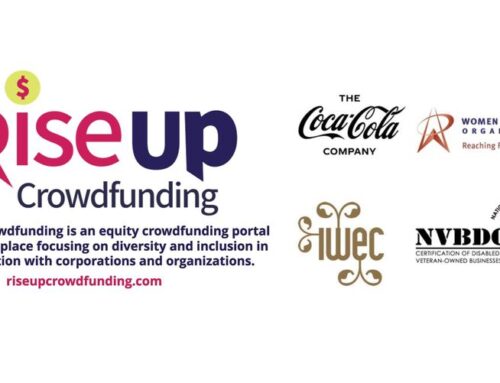Where idea management has long been the buzzword, this traditionally passive approach does not ensure that your company will remain at the forefront of innovation.
BY YOUNG ENTREPRENEUR COUNCIL@YEC
For Inc.
Photo: Getty Images
Most senior executives and company leaders believe that innovation is an invaluable engine for growth. Per annum, billions are invested to drive forward corporate innovation practices through different approaches including venture capital, R&D, mergers and acquisitions, etc. Yet, many leaders are still dissatisfied with the outcomes and believe that they do not innovate effectively despite investing enormous amounts of resources into the process. This gap between inputs and outcomes can be attributed largely to the challenge that exists to go from theory to practice, by executing ideas and turning them into viable solutions using the necessary tools.
Where idea management has long been the buzzword, this traditionally passive approach does not ensure that your company will remain at the forefront of innovation. The key, as Steve Jobs put it, is the process of idea execution: “To me, ideas are worth nothing unless executed. They are just a multiplier. Execution is worth millions.” This means taking a more active approach by finding a problem worth solving, identifying a solution and getting the idea off the ground by following up on it thoroughly. Here are four ways in which you can promote idea execution in your company.
1. Enable employees to be the CEO of their idea.
By empowering the team and putting employees in the driver’s seat, companies can ensure that they are giving their employees the freedom to innovate and have their voices heard. This kickstarts a learning process since employees need to gather appropriate information and go through a process of validating a raw idea, challenging the assumptions and creating a compelling story of a problem-solution fit in order to find a sponsor. Not only can this lead to increased workplace satisfaction, but it can also result in employees feeling more connected to the overarching objective of the company. For the organization itself, this allows them to identify employees who are passionate innovators.


